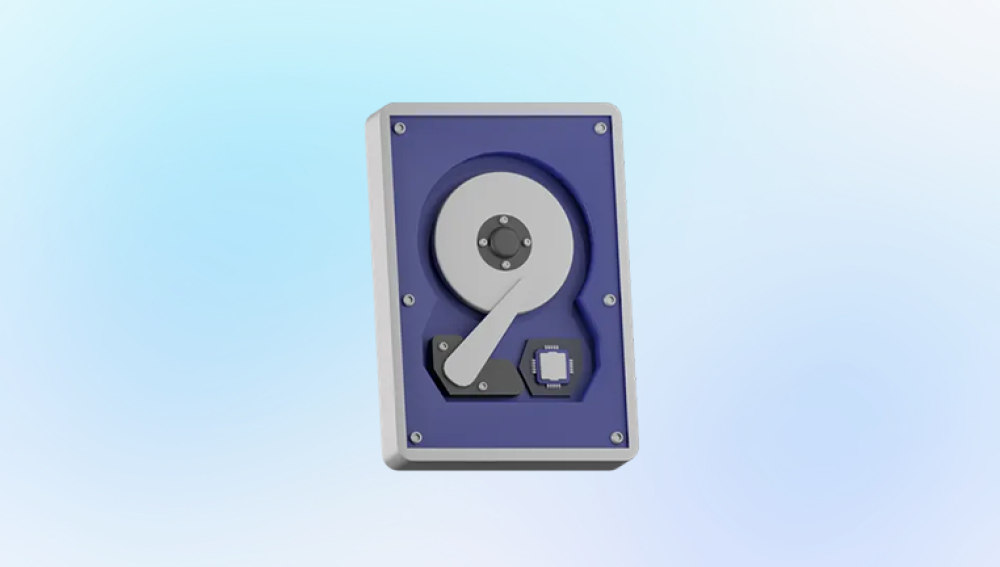Hard drives are the backbone of modern data storage, used extensively in both personal and professional environments. However, they are not impervious to failure. When a hard drive fails, the data stored on it can become inaccessible, leading to significant losses. This is where data recovery services come into play. These specialized services aim to retrieve lost, corrupted, or inaccessible data from hard drives.
1. Type of Failure
Logical Failures: These involve software-related issues where the hard drive is physically intact, but data cannot be accessed due to file system corruption, accidental deletion, or formatting. Logical failures are generally less expensive to recover from because they don't require physical repair.
Physical Failures: These involve hardware issues such as damaged read/write heads, motor failures, or electronic faults. Physical failures are more costly to address because they often require cleanroom environments and specialized equipment.

2. Drive Capacity and Complexity
Larger and more complex drives (e.g., RAID arrays) require more time and expertise to recover data from. This increases the overall cost of recovery.
3. Severity of Damage
The extent of damage to the hard drive significantly impacts the cost. Minor damages might be easily recoverable, whereas extensive damages, such as those caused by fire or water, require more intensive recovery efforts.
4. Service Level and Turnaround Time
Urgency plays a significant role in cost. Standard recovery services are typically less expensive, while expedited or emergency services, which prioritize immediate recovery, come at a premium.
5. Data Recovery Company Reputation and Location
The reputation and geographic location of the data recovery service provider also influence costs. Established companies with a proven track record might charge more for their services. Additionally, costs can vary based on the cost of living in different regions.
Types of Data Recovery Services
1. Standard Data Recovery
This involves the regular process of recovering data from hard drives with logical or minor physical failures. It is the most common and generally the least expensive service.
2. RAID Data Recovery
RAID (Redundant Array of Independent Disks) systems are complex and require specialized knowledge and tools to recover data. RAID recovery services are typically more expensive due to the complexity involved.
3. Emergency Data Recovery
For critical situations where data is needed urgently, emergency services are available. These services often operate around the clock and prioritize the recovery process, resulting in higher costs.
4. Cleanroom Data Recovery
Physical repairs of hard drives must be performed in cleanroom environments to prevent further damage from dust and contaminants. This type of service is essential for severe physical failures and contributes to higher recovery costs.
Typical Cost Ranges
1. Logical Data Recovery
Cost Range: $100 to $1.000
Logical data recovery is generally the least expensive. Simple cases like accidental deletion or minor file system corruption can be resolved for a few hundred dollars. More complex cases may approach the higher end of the range.
2. Physical Data Recovery
Cost Range: $300 to $2.500
Recovering data from physically damaged drives involves more extensive work and specialized equipment, hence the higher costs. The severity and type of physical damage are primary cost determinants.
3. RAID Data Recovery
Cost Range: $500 to $5.000+
RAID recovery is complex and time-consuming, especially if multiple drives in the array have failed. The cost varies widely based on the RAID configuration and the number of drives involved.
4. Emergency Data Recovery
Cost Range: $1.000 to $5.000+
Emergency recovery services are premium offerings that provide rapid turnaround times, often within 24-48 hours. The costs reflect the urgency and resources required to meet tight deadlines.
Professional data recovery services, while sometimes costly, provide a critical solution for retrieving invaluable data from failed hard drives. Investing in these services can save time, prevent data loss, and ensure continuity in both personal and professional environments. As technology continues to evolve, the importance of reliable data recovery services will only grow, making it vital to understand the associated costs and the value these services offer.




